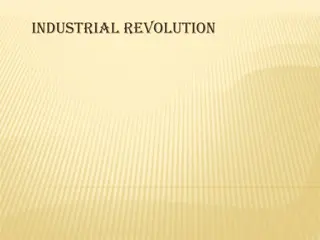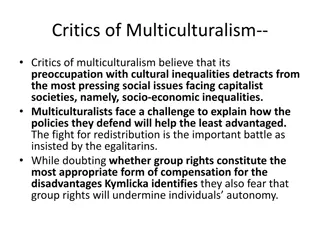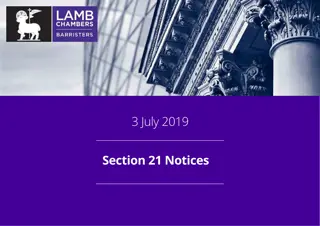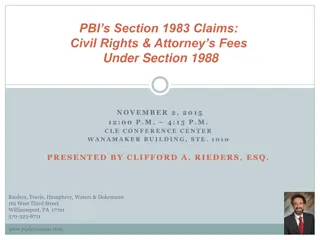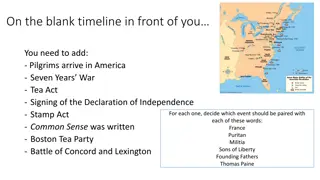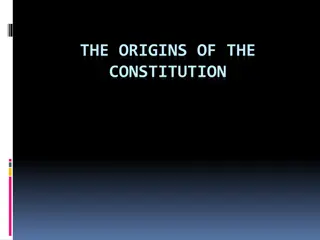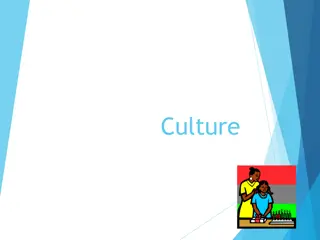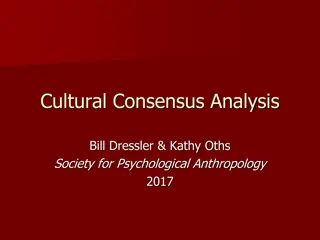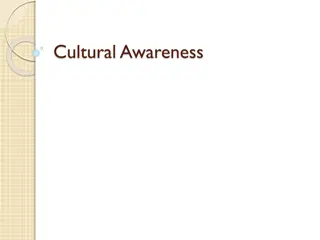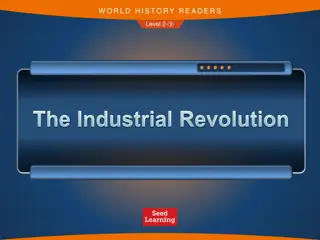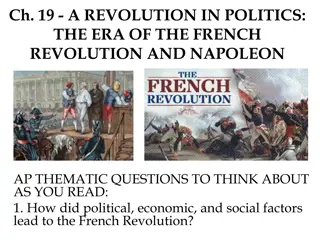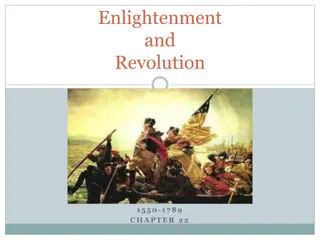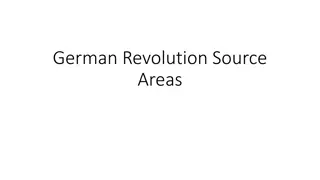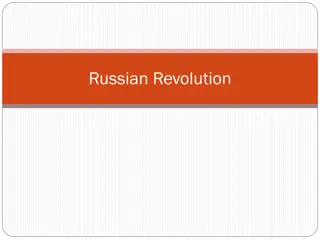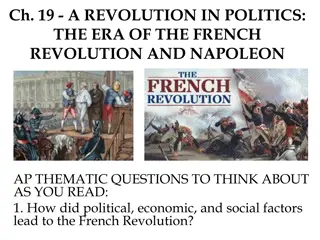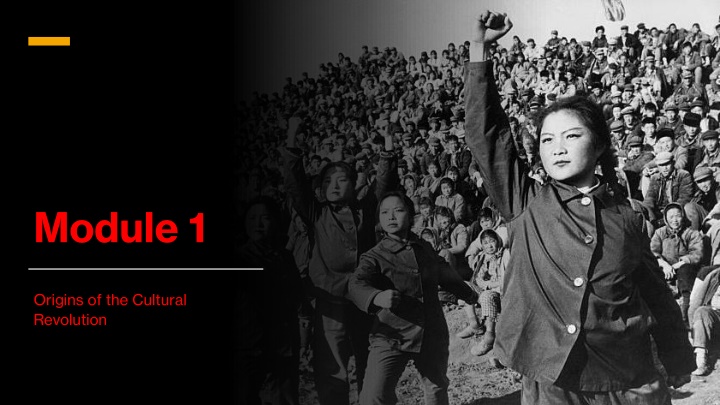
Unraveling the Cultural Revolution: Origins, Consequences & Criticism
Explore the roots, aftermath, and critical assessment of the Cultural Revolution in China under Mao Zedong's leadership. Delve into the impact of Soviet events, the First Five-Year Plan, and Mao's Great Leap Forward, shaping China's course in history.
Download Presentation

Please find below an Image/Link to download the presentation.
The content on the website is provided AS IS for your information and personal use only. It may not be sold, licensed, or shared on other websites without obtaining consent from the author. If you encounter any issues during the download, it is possible that the publisher has removed the file from their server.
You are allowed to download the files provided on this website for personal or commercial use, subject to the condition that they are used lawfully. All files are the property of their respective owners.
The content on the website is provided AS IS for your information and personal use only. It may not be sold, licensed, or shared on other websites without obtaining consent from the author.
E N D
Presentation Transcript
Module 1 Origins of the Cultural Revolution
Major Questions: What was the Cultural Revolution? Who was responsible for the Cultural Revolution? What were the origins of the Cultural Revolution? What were the long-term consequences of the Cultural Revolution?
Module 1 Question: Was Mao Zedong a dictator? A form of government in which absolute power is concentrated in a dictator or a small clique. How were events in the Soviet Union connected to the Cultural Revolution?
Module Theme: Competing Visions for China
Setting the Stage for the Cultural Revolution October 1, 1949, Mao Zedong proclaims the establishment of the People s Republic of China. New China would Lean to one side. Siding in the Soviet Union. Following the Soviet Model by creating a highly bureaucratic state.
The First Five Year Plan (1953-1957) Soviet Planned Economy Heavy industry as a prerequisite for further growth. Emphasized Heavy Industry 88% percent of budget dedicated to heavy industries: Steel, Machine Building, Fuel, Electric Power, Metallurgy, and Basic Chemicals. Only 11% of investment to go to light industries. Economic Growth at 14.7%. Fostered rapid urbanization.
The First Five-Year Plan Continued New & Growing Modes of Inequity Urban vs. Rural Divide Stagnating Agricultural Production Agricultural Growth 2.7% Population Growth 2.2% Growth of Education Opportunities Increase from 26,000,000 to 64,000,000 formal students University Enrollment from 117,000 to 441,000.
Nikita Khrushchev's Secret Speech Joseph Stalin (1878-1953) Leader of the Soviet Union 1922-1952 Defeated Hitler & Boosted the Soviet Union s economy A ruthless dictator Responsible for the deaths of millions February 25th, 1956 Khrushchev denounces Stalin for his Cult of Personality
Maos Criticism & The Great Leap Forward Mao s criticism Red vs. Expert Red = Marxist/Maoist Revolutionary Expert = Possessing expertise. Older revolutionaries replaced by industrial experts. The Great Leap Forward (1958-1962): Mao s attempt for China to leap from socialism to communism. Stages of development: Feudalism, Capitalism, Socialism, Communism. Socialist Ends by Socialist Means Mao planned to use the leap to surpass Britain in industrial production in under 15 years. Industrialization of the countryside.
The Lushan Plenum (1959) Peng Dehuai Long time communist general and leader of Chinese forces during the Korean War (1950- 1953). Penned a letter critical of Mao s Great Leap Forward. In it, he warned of a growing catastrophy.
The Results of the Great Leap Forward (1960-1962) Natural Disasters Severe Flooding The Sino-Soviet Split China and the Soviet Union dispute over ideology The Soviet Union recalls its 1,400 scientist and industrial specialist Agricultural woes Grain output 1958 (200,000,000 tons) vs. Grain output 1960 (144,000,000 tons) Crushing Famine 15,000,000 to 30,000,000 Famine related deaths between 1959-1961
Between 1960-1965, Mao complained he was treated like a dead ancestor. Mao Sidelined Mao was Chairman of the CCP but could not set party policy. Liu Shaoqi & Deng Xiaoping (among others) guided the party.
Competing Views of New China. Mao s Revolutionary Model vs. the Soviet Model Mao believed that the revolutionary spirit could overcome China s poverty. Liu Shaoqi wanted to build up China government and heavy industries to guide China into the future. Question Review Was Mao Zedong a dictator? a form of government in which absolute power is concentrated in a dictator or a small clique. How were events in the Soviet Union connected to the Cultural Revolution?

